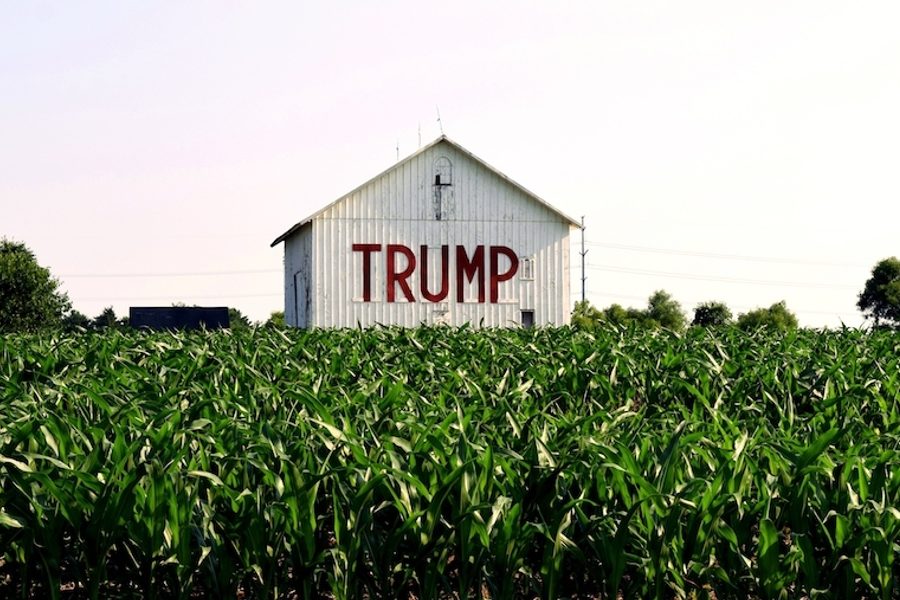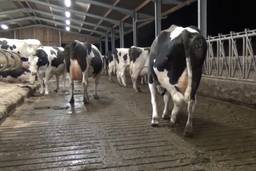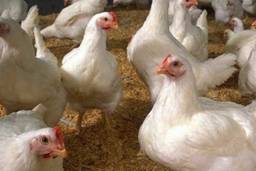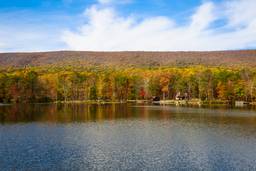Rural America Still Waiting to See Who Trump Taps for Secretary of Agriculture
Dan Flynn

When the bitter cold began spreading over rural America last month, the parlor guessing game around many a wood stove was guessing who President-elect Donald J. Trump would name as secretary of agriculture. But the time for that game has passed.
The past three presidents all named their ag bosses by the end of the December before they took office. President Obama had not only named former Iowa Gov. Tom Vilsack as secretary of agriculture, but got him confirmed by the U.S. Senate in time to take office on January. 20, 2009. Trump is now just two weeks out from being sworn in as 45th president of the United States, and has not yet named anyone to lead the U.S. Department of Agriculture.
There have been some reports that Trump’s slow movement to fill the post as a sign of his limited interest in rural America’s issues. But the facts do not really line up with that interpretation. Trump has interviewed almost two dozen candidates for the job, and spent up to five hours one of them. Trump might be using the candidates to teach him the many intricacies of the agricultural industry.
Various segments of agriculture are all ready to help Trump prepare a mission for the new ag minister. Chances are the new USDA boss will be named shortly, be it the most predicted choice — former Georgia Gov. Sonny Perdue — or one of the two latest candidates to visit with Trump. The latecomers are former California Lt. Gov. Abel Maldonado and former U.S. Under Secretary for Food Safety Elsa Murano. Murano, who served for a short time as Texas A&M president, is the one reported to have spent five hours with Trump. She is now a professor of food safety at A&M.
Trump’s mission for his new secretary of agriculture, whoever he or she turns out to be, is the subject that most interests the nation’s farmers and ranchers. The change at USDA comes as commodity prices are experiencing seven-year lows, and low cycles in prices make many rural people anxious.
As a presidential candidate, Trump expressed opinions on only a small fraction of rural America’s many issues. He did promise to kill the new Clean Water Act rules that came quickly to be known to the dismay of the Environmental Impact Agency as the Waters of the United States or WOTUS. EPA is fearing the predictable headline: POTUS kills WOTUS.
Ag and industry organizations are already contesting the rules in the courts, which many say usurp state authority because there is no limit on EPA’s authority to determine what constitutes “waters of the U.S.” However, most of rural America sees the 299-page WOTUS rule book as so flawed that it must be totally withdrawn. But that will be complicated because once the federal courts are involved, it’s hard to do anything without their continued involvement.
WOTUS foes point to a 77-year-old Navy veteran sent to a federal prison for 18 months after he created some fire-fighting ponds under State of Montana permits but was found guilty in 2015 in a second federal trial for Clean Water Act violations.
Also, a small Wyoming rancher building a state-permitted farm pond rang up $20 million in EPA fines before a legal aide service got EPA to drop the fine in exchange for the rancher promising to plant a tree.
Other issues are not as dramatic, but there is no end to the rural issues that Trump will now have to decide. Corn and soybean organizations are looking for specifics on biotech and alternative fuels. Produce growers wonder about employee verification, or E-Verify, becoming mandatory for all employers.
The Denver-based National Cattlemen’s Beef Association (NCBA) wants to “bring responsible management and economic viability back to the Western landscape.” It says within the first 100 days, “the administration should bring a halt to the Sage Grouse Resource Management Plans, repeal monument designations made through the Antiquities Act, address the critical habitat designations imposing restrictions on landowners, and immediately withdraw EPA’s “waters of the United States” rule and the Bureau of Land Management ’s planning 2.0 rule.
Further down the road, the NCBA is calling for for reforming of the National Environmental Policy Act and the Endangered Species Act. Also it says something must be done about “the exploding populations” of wild horses and burros that it says are “starving due to expansion well beyond range-carrying capacity.” They say federal grazing policies should be reevaluated.
And there is the question of how agriculture fits into Trump’s plans to remake U.S. trade policies. U.S. food and agriculture industries generally do well in overseas trade. Expanding those markets could run afoul of the new president’s view.
“Secretary of Agriculture choice not as difficult as farm policy” was orginially published on foodsafetynews.com and is reposted on Rural America In These Times with permission from the author.
[If you like what you’ve read, help us spread the word. “Like” Rural America In These Times on Facebook. Click on the “Like Page” button below the bear on the upper right of your screen. Also, follow RAITT on Twitter @RuralAmericaITT]

I hope you found this article important. Before you leave, I want to ask you to consider supporting our work with a donation. In These Times needs readers like you to help sustain our mission. We don’t depend on—or want—corporate advertising or deep-pocketed billionaires to fund our journalism. We’re supported by you, the reader, so we can focus on covering the issues that matter most to the progressive movement without fear or compromise.
Our work isn’t hidden behind a paywall because of people like you who support our journalism. We want to keep it that way. If you value the work we do and the movements we cover, please consider donating to In These Times.





